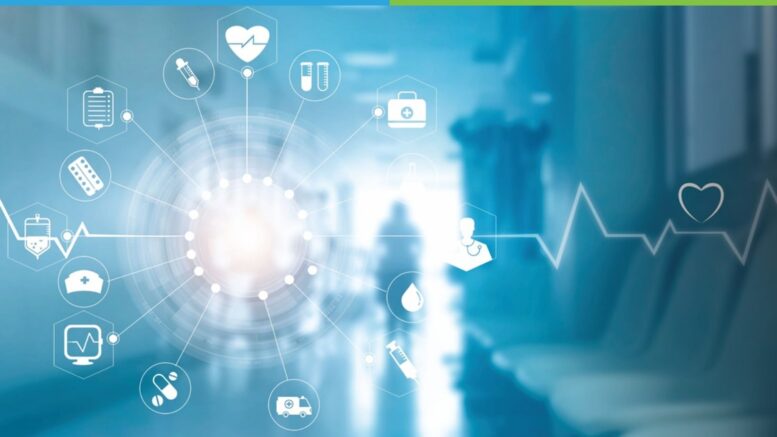Healthcare costs are skyrocketing. In the United States, the government’s expenditures allotted for healthcare are leaning toward 20 percent of the GDP. Chronic disease accounts for a big part of the expenditures, amounting to $3.8 trillion per year.
However, more affordable wireless communications and rapid healthcare delivery gains have given the industry more hope. And while it’s difficult to find anything positive in a pandemic, COVID-19 did trigger accelerations in medical technology processes and innovations. From vaccines for COVID-19 to scoliosis treatments for adults, technology has greatly improved healthcare services.
With 2021 closing and another year coming, emerging medical technology trends are here to decrease costs, improve access to healthcare and improve patient care.
Remote Patient Monitoring
Remote patient monitoring (RPM) focuses on the healthcare practices of the future. This branch of telehealth depends on different devices such as blood pressure cuffs, sensors and implantables that collect data via passive means. This technology communicates data entered by users, as well as calls attention to it. Doctors use RPM to access patient data, review it and create a diagnosis or treatment plan.
Healthcare workers use RPM with patients who have been discharged. Patients can also use the RPM to generate their data, which includes their symptoms, biometric data, health history and lifestyle information.
The American Heart Association considers the RPM technology as a promising one. In a statement, the organization believes remote patient monitoring empowers patients by giving them more control over their healthcare. As for clinicians, they gain a more holistic view of their patient’s health over time with the RPM. This tool also increases their visibility to their patient’s adherence to their treatment.
The Internet of Things (IoT)

Image by Freepik.com
The Internet of Things (IoT) is an internet buzzword that has found its way into the healthcare industry. By definition, this refers to a system of interconnected digital devices that collect, save and relay data via networks without a computer or human assistance. A popular example of IoT is remote patient monitoring (RPM), as well as connected inhalers, devices and contact lenses.
IoT-powered healthcare improves health systems by making them more efficient. IoT can also improve the measures of population health and improve the safety of all healthcare services. A review from the “Journal of Medical Internet Research” reports that IoT can enhance and streamline healthcare delivery to diagnose and predict disease.
However, the adoption of IoT comes with challenges, which include a lack of confidence or resistance by patients and healthcare professionals. Another barrier involves concerns over ownership, interoperability, storage and privacy.
Big Data
A coined term during the 1990s, Big Data refers to high-quality, high velocity and high-volume data that is valuable and trustworthy.
In the healthcare industry, Big Data uncovers health patterns and makes unattainable solutions attainable. It can also derive from the following:
Similar to the Internet of Things, however, Big Data comes with its set of challenges. These challenges involve public ignorance, murky international laws and questions of data ownership. Despite these concerns, the trend remains positive and will offer better healthcare solutions.
Digital Therapeutics
Digital Therapeutics (otherwise known as DTx) represents a digital health sector that is composed of products, services and technologies that cover personal wellness and healthcare industries. The term also refers to evidence-based behavioral treatments that are facilitated by software. This software is designed to enhance the effectiveness and accessibility of healthcare systems while preventing, treating or managing diseases.
Healthcare professionals use DTx with devices and medicine to improve patient care.
DTx programs also monitor medication regimens, exercise, diet and blood sugar readings to give physicians a better idea of their patients’ health. Simply put, these measures provide doctors with a detailed survey of their patients’ daily activities and lifestyle choices. For example, a DTx can include behavioral modifications for personalized therapies for anxiety and depression or diabetes management.
Mental Healthcare Technologies
As COVID-19 continues to impact the public’s health, the demand for effective mental healthcare technologies keeps growing. Here are some technologies that will shape the future of mental healthcare:
2022 and the following years are promising in terms of healthcare technology. From vaccines to even CVS COVID test accuracy, technology is here to stay and evolve. Hopefully, these trends will continue to streamline and improve the healthcare system for better treatments.

Be the first to comment on "2022 and Beyond: What the Future Holds for Healthcare Technology"